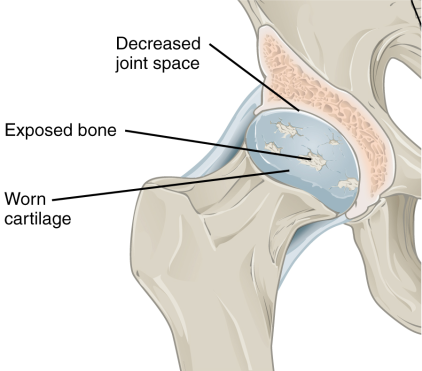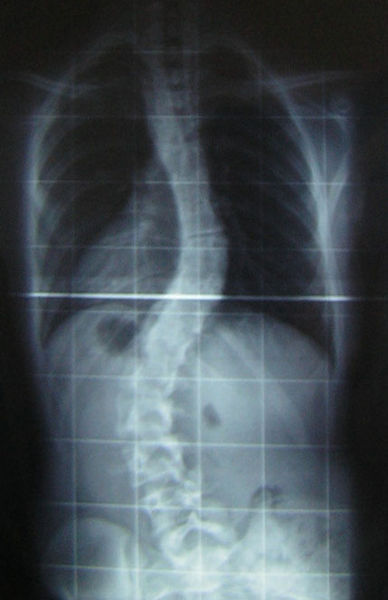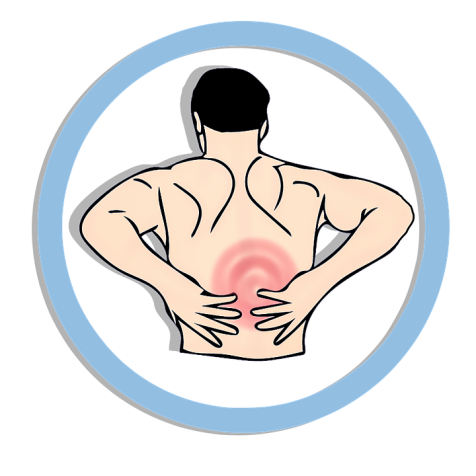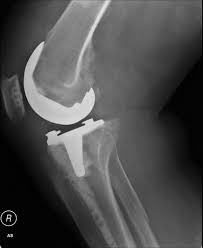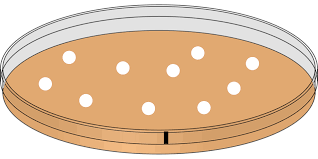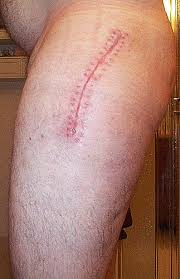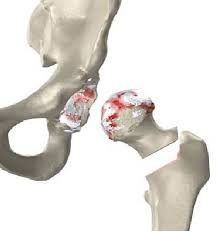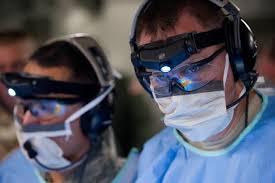Many people have trouble understanding the difference between urgent care and the emergency room. Thinking of it in terms of a relationship with a primary care doctor may be helpful. While an open relationship with a primary care physician is one of the most important supports for life-long good health, these physicians usually have typical business hours, or perhaps hours that are just slightly extended to accommodate those who also work during business hours. Unfortunately, not all health crisis follow business hours.
Urgent care is intended to be a temporary substitute for a visit to the primary care physician, but is not intended to take the place of the emergency room. Urgent Care Northwest DC is appropriate for after-hours or holiday and weekend concerns that would have been taken to the PCP’s office if they had occurred during their hours of business.
Urgent Care Conditions Northwest DC
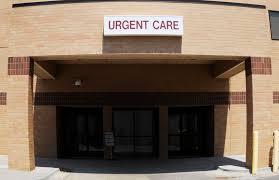
These are some of the conditions that can usually be treated in Urgent Care DC:
- Flu-like symptoms normally resolve on their own within a few days. Staff at an urgent clinic can provide support care for symptoms to reduce them and make patients feel a bit less miserable.
- Dehydration, which means the body isn’t able to retain enough fluids, can come along with many other minor conditions that cause nausea, vomiting or diarrhea. Care at an urgent clinic can offer a few solutions to specifically address dehydration, and can advise patients and families on the types of liquids that are best for consuming to treat dehydration.
- Fever that does not occur with a rash is appropriate for an urgent care clinic setting. If, however, the fever is accompanied by a rash, this is a possible indicator of a much more serious situation that should be treated at the emergency room.
- Abdominal pain that is not too severe is appropriate for evaluation in this setting. Stomach discomfort can often be resolved fairly easily when it is the result of a digestive upset.
- Sprains and strains of the body’s extremities can be cared for in an urgent clinic setting. In situations where a break is suspected, go to the emergency room instead.

